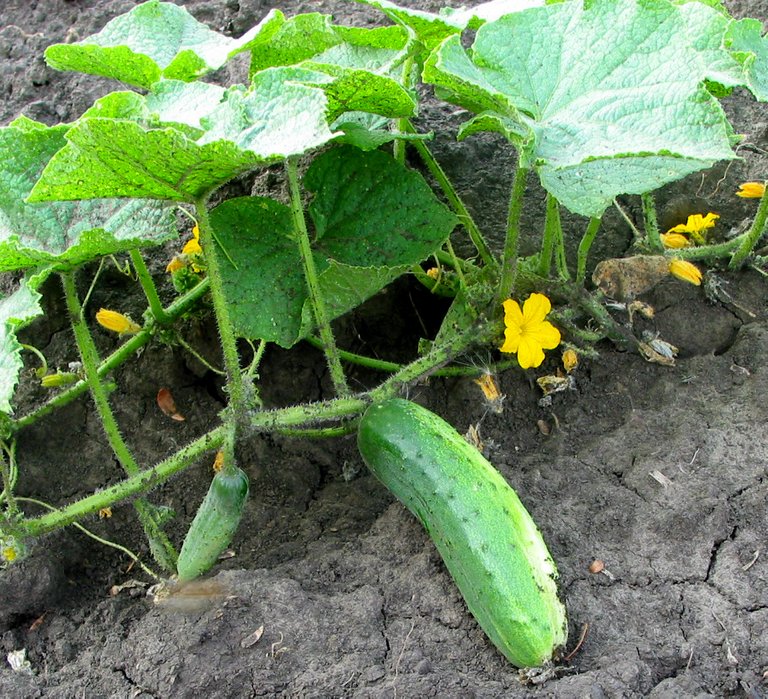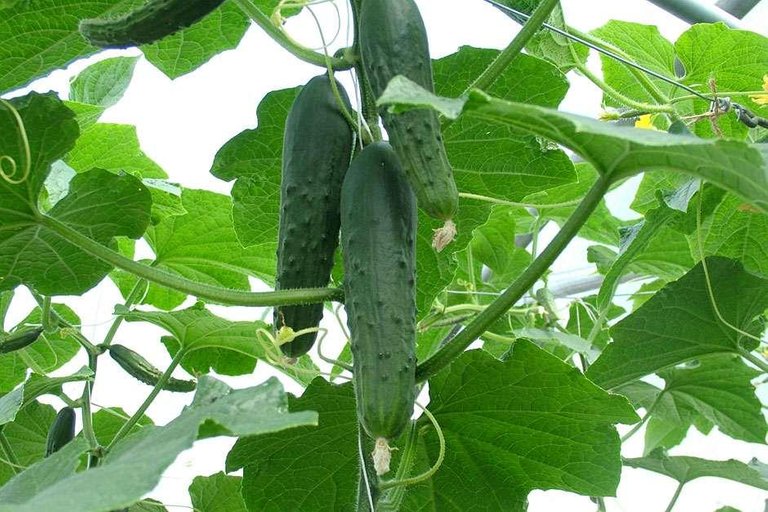Cucumber in its vernacular name or Cucumis sativus in its scientific name, is a species native to the tropical regions of southern Asia, being cultivated in India for more than 3,000 years, it is believed that from India spread to Greece and from there to Rome and later was introduced in China. This crop was introduced by the Romans in other parts of Europe; records of this crop appear in France in the ninth century, in England in the fourteenth century and in North America in the mid-sixteenth century, due to Christopher Columbus who brought seeds to America, the first hybrid appeared in 1872.



▶ According to its morphological characteristics, the cucumber has the following aspects, has a very powerful root system, given the high productivity of this plant and consists of main root, which branches quickly to give very thin, elongated and white shallow secondary roots. The cucumber has the ability to emit adventitious roots above the neck.

▶ Credits: Rhs. – [Image of Public Domain]
≕ I invite you to stay tuned and read my next contribution ≔
As for the main stem, it is angular and thorny, creeping and climbing. From each part of a leaf and a tendril. In the axil of each leaf a lateral bud and one or more flowers are emitted.
The leaves are long stalked, large heart-shaped blade, with three more or less pronounced lobes (the central one more accentuated and usually ending in a point), dark green and covered with a very fine hair.
The flowers have a short stalk and yellow petals, appear in the axils of the leaves and can be hermaphrodite or unisexual, although currently all commercial varieties grown are genic plants, ie, only have female flowers that are clearly distinguishable from the male because they are carrying an ovary infertile.

The fruit is rough or smooth, depending on the variety, and varies from light green to dark green to a yellowish color when fully ripe, although it is harvested before it is physiologically ripe. The pulp is watery, whitish in color, with seeds inside distributed along the fruit.
NOTE: Reference material.